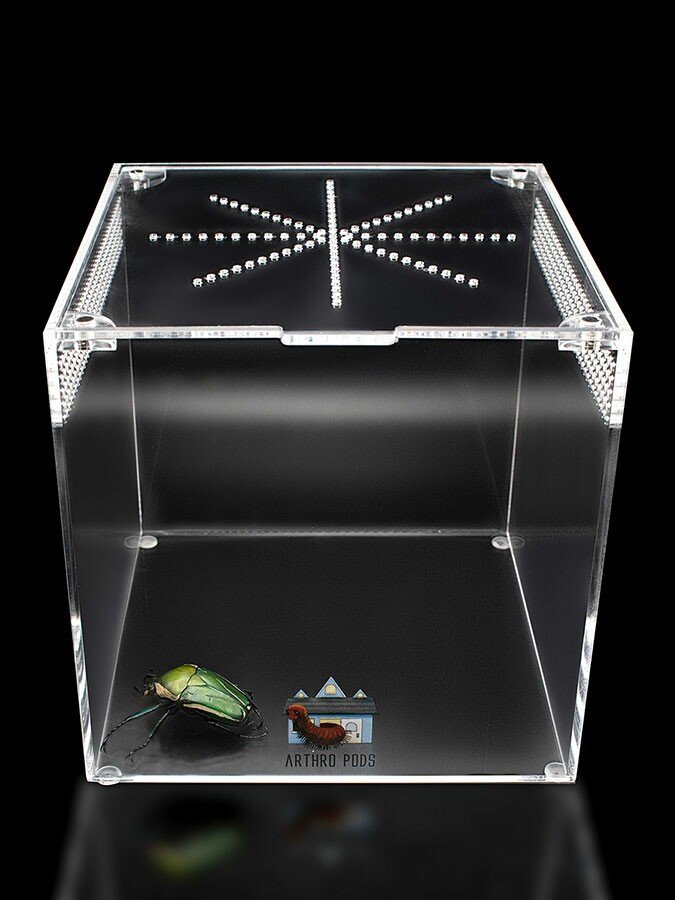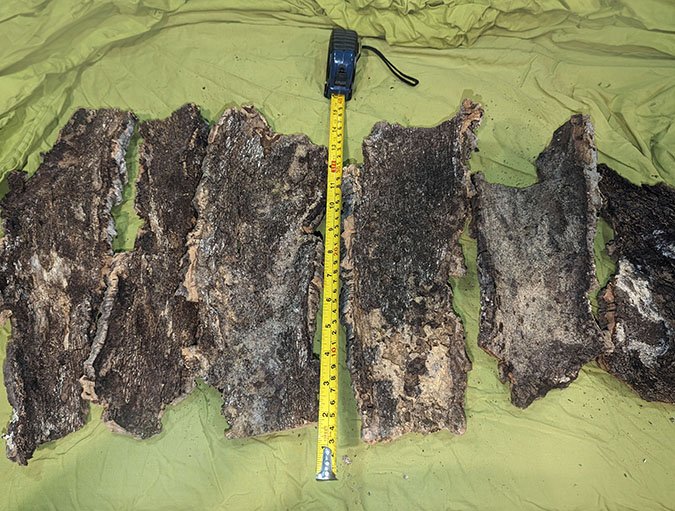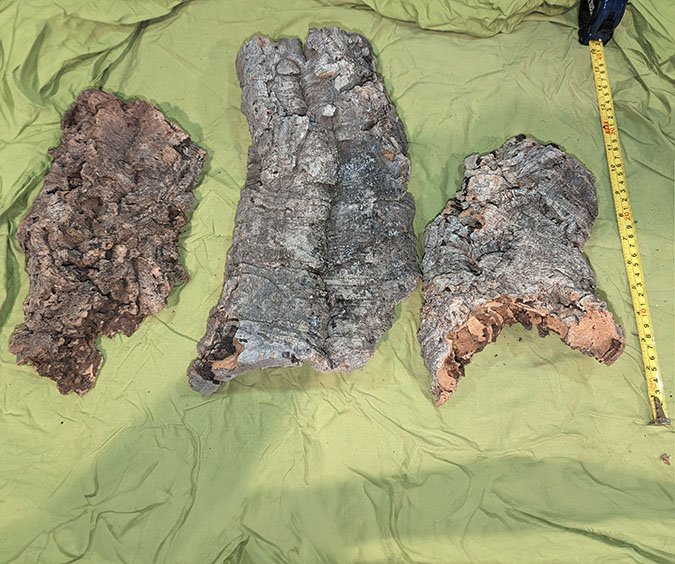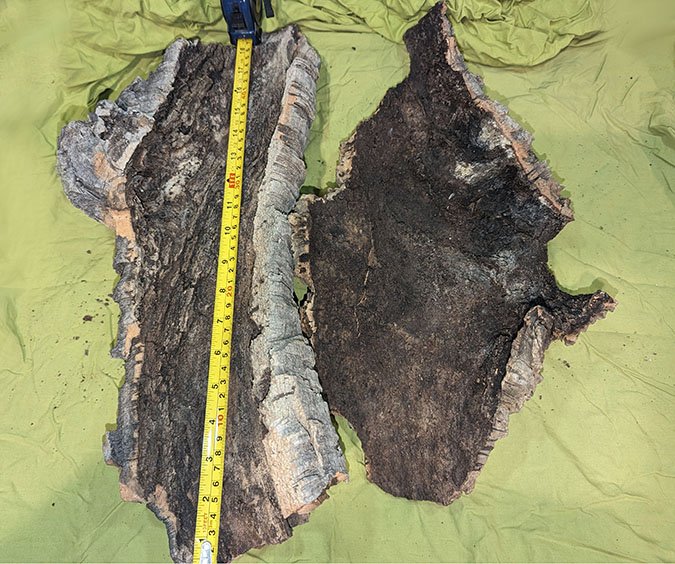Ornithoctoninae sp 'Vietnam Highland'
Ornithoctoninae sp. 'Vietnam Highland', commonly known as the Vietnam Highland Tarantula, is a mysterious, powerful Old World fossorial tarantula hailing from the elevated forested regions of Vietnam’s Central Highlands. As an undescribed member of the Ornithoctoninae subfamily—closely related to genera like Ornithoctonus, Haploclastus, and Selenocosmia—this species is noted for its intense defensiveness, speed, and deep burrowing behavior, making it a high-intensity species suited only for experienced keepers.
The Vietnam Highland Tarantula exhibits a dark, earthy appearance, often with subtle greenish, bluish, or bronze overtones, depending on lighting and molt cycle. It typically has thick, muscular front legs, which aid in digging and aggressive posturing, and may show faint banding or sheen on the femurs and tibiae. While not as vibrantly colored as some arboreal Southeast Asian tarantulas, its intimidating presence, heavy posture, and raw behavior command attention.
This species is a true fossorial predator, spending most of its life underground in long, silk-reinforced tunnels, emerging primarily at night to ambush prey. It is extremely fast, defensive, and capable of delivering medically significant bites. Like other members of the subfamily, it lacks urticating hairs and instead relies on sheer speed and powerful venom to deter threats. When disturbed, it will often give dramatic threat displays with raised legs and fangs, or retreat instantly into its burrow at near-blinding speed.
Ornithoctoninae sp. 'Vietnam Highland', commonly known as the Vietnam Highland Tarantula, is a mysterious, powerful Old World fossorial tarantula hailing from the elevated forested regions of Vietnam’s Central Highlands. As an undescribed member of the Ornithoctoninae subfamily—closely related to genera like Ornithoctonus, Haploclastus, and Selenocosmia—this species is noted for its intense defensiveness, speed, and deep burrowing behavior, making it a high-intensity species suited only for experienced keepers.
The Vietnam Highland Tarantula exhibits a dark, earthy appearance, often with subtle greenish, bluish, or bronze overtones, depending on lighting and molt cycle. It typically has thick, muscular front legs, which aid in digging and aggressive posturing, and may show faint banding or sheen on the femurs and tibiae. While not as vibrantly colored as some arboreal Southeast Asian tarantulas, its intimidating presence, heavy posture, and raw behavior command attention.
This species is a true fossorial predator, spending most of its life underground in long, silk-reinforced tunnels, emerging primarily at night to ambush prey. It is extremely fast, defensive, and capable of delivering medically significant bites. Like other members of the subfamily, it lacks urticating hairs and instead relies on sheer speed and powerful venom to deter threats. When disturbed, it will often give dramatic threat displays with raised legs and fangs, or retreat instantly into its burrow at near-blinding speed.
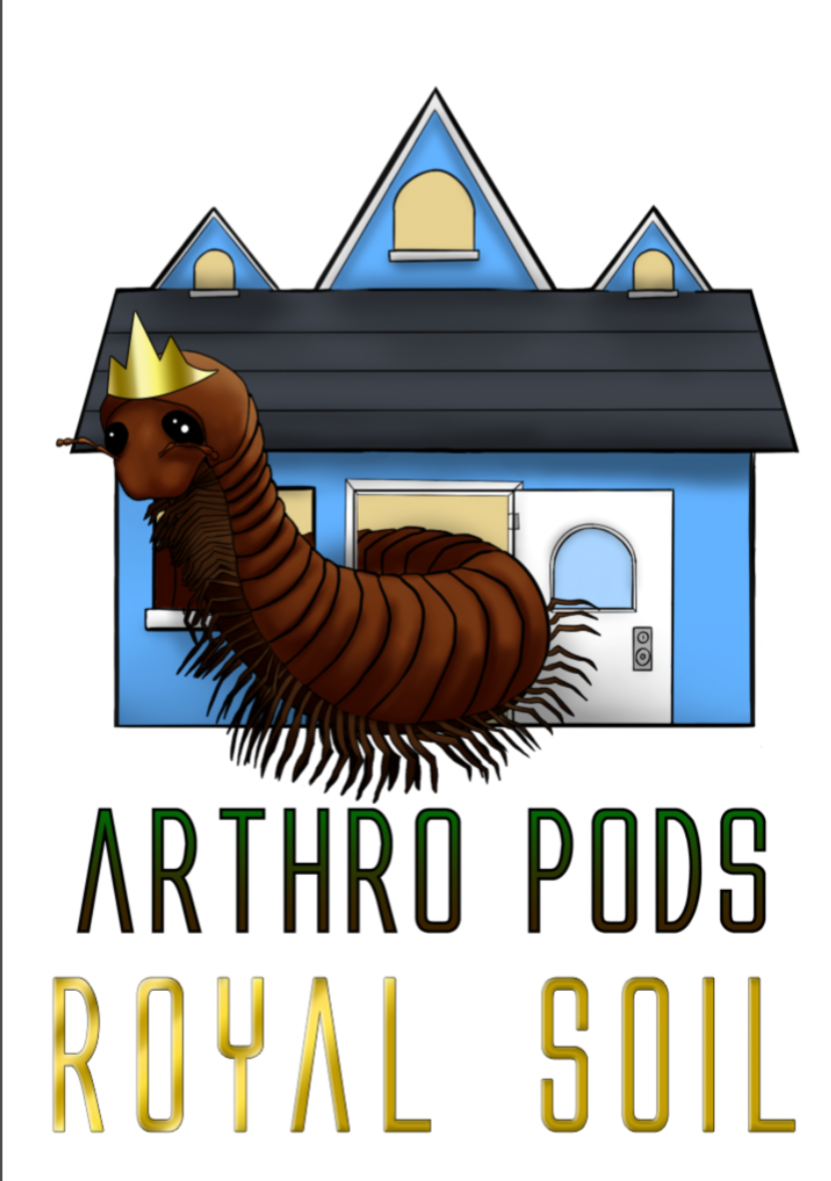

Ornithoctoninae sp. 'Vietnam Highland', commonly known as the Vietnam Highland Tarantula, is a mysterious, powerful Old World fossorial tarantula hailing from the elevated forested regions of Vietnam’s Central Highlands. As an undescribed member of the Ornithoctoninae subfamily—closely related to genera like Ornithoctonus, Haploclastus, and Selenocosmia—this species is noted for its intense defensiveness, speed, and deep burrowing behavior, making it a high-intensity species suited only for experienced keepers.
The Vietnam Highland Tarantula exhibits a dark, earthy appearance, often with subtle greenish, bluish, or bronze overtones, depending on lighting and molt cycle. It typically has thick, muscular front legs, which aid in digging and aggressive posturing, and may show faint banding or sheen on the femurs and tibiae. While not as vibrantly colored as some arboreal Southeast Asian tarantulas, its intimidating presence, heavy posture, and raw behavior command attention.
This species is a true fossorial predator, spending most of its life underground in long, silk-reinforced tunnels, emerging primarily at night to ambush prey. It is extremely fast, defensive, and capable of delivering medically significant bites. Like other members of the subfamily, it lacks urticating hairs and instead relies on sheer speed and powerful venom to deter threats. When disturbed, it will often give dramatic threat displays with raised legs and fangs, or retreat instantly into its burrow at near-blinding speed.
What's the ideal diet for a Vietnam Highland Tarantula?
All Tarantulas can eat a variety of feeders. Stick to crickets, dubia roaches, silkworms, horned worms occasionally, and a superworm or mealworm as the occasional treat!
How should I keep a Vietnam Highland Tarantula?
You can start with the Fossorial Fissure Small enclosure for this particular creature. When they are about ⅓ the size, you will want to go to the Fossorial Fissure Medium or Fossorial Fissure Large enclosure. Feed them as slings once a week, twice if their opisthosoma (abdomen) looks small, but if the opisthosoma is wider than their prosoma (pneumothorax), then wait a couple of days to feed. For juveniles or adults, stick to feeding once a week, nothing larger than their opisthosoma. Make sure to keep a full water dish at all times; wider and deeper is preferred.
How long could a Vietnam Highland Tarantula live?
Females are believed to live upwards of 15+ years, and males not exceeding around 4 years of age. All estimates are based on multiple sources.




